Barroso: The Overhaul of the Eurozone Must be Ready for the next European Elections
Adelina Marini, November 29, 2012
 The European Commission, in a solo action, is proposing a two-speed Europe, consisting of the eurozone and the rest. On November 28th, European Commission President Jose Manuel Barroso presented his vision for the future of the euro area, which is separate from the plans of the four presidents, one of whom is he himself, and practically is an upgrade of his bold ideas, outlined in his this year's state of the union address in the Europarliament on September 12th. Barroso's plans consist of three stages, in two of which treaty changes are foreseen. Barroso blueprint is something close to Germany's position, something similar to the European Parliament's position, but most of all it is the former Portuguese PM's vision for the future, which is among other things presented a little more than two weeks before the last for the year EU summit in December.
The European Commission, in a solo action, is proposing a two-speed Europe, consisting of the eurozone and the rest. On November 28th, European Commission President Jose Manuel Barroso presented his vision for the future of the euro area, which is separate from the plans of the four presidents, one of whom is he himself, and practically is an upgrade of his bold ideas, outlined in his this year's state of the union address in the Europarliament on September 12th. Barroso's plans consist of three stages, in two of which treaty changes are foreseen. Barroso blueprint is something close to Germany's position, something similar to the European Parliament's position, but most of all it is the former Portuguese PM's vision for the future, which is among other things presented a little more than two weeks before the last for the year EU summit in December.
In general, the proposal of the European Commission chief is a collection of many ideas, elaborated so far at various EU levels, by individual politicians or states. He includes in it the creation of a redemption fund, which is favourite to Guy Verhofstadt, leader of the liberals in the European Parliament, a eurozone budget, a eurozone treasury, a banking union, a political union. Although Barroso's ideas he himself defines as solo action, in fact he was invited to do so at the autumn EU summit in October. Since then, some of his ideas have evolved significantly.
What does Barroso propose?
He divides his blueprint into three stages: short-term (in th next 6 to 18 months), mid-term (18 months - 5 years); long-term (beyond 5 years). According to him, the  eurozone must move at higher speed than the EU at large, which is an issue that will most certainly cause serious objections by Poland, which with teeth and nails is fighting to prevent precisely this. In the upcoming one year the Portuguese proposes a reform of the economic governance framework, the so called "six pack", in order to include a mechanism with quite unclear formulation. In Barroso's blueprint it is written that this instrument will not only be within the economic governance framework, but also in the EU budget, however separate from the Multiannual Financial Framework (which is the official name of the EU budget), whose purpose will be to support (finance) the rebalancing, adjustment and growth of the economies in the eurozone.
eurozone must move at higher speed than the EU at large, which is an issue that will most certainly cause serious objections by Poland, which with teeth and nails is fighting to prevent precisely this. In the upcoming one year the Portuguese proposes a reform of the economic governance framework, the so called "six pack", in order to include a mechanism with quite unclear formulation. In Barroso's blueprint it is written that this instrument will not only be within the economic governance framework, but also in the EU budget, however separate from the Multiannual Financial Framework (which is the official name of the EU budget), whose purpose will be to support (finance) the rebalancing, adjustment and growth of the economies in the eurozone.
It will be called Convergence and Competitiveness Instrument (CCI) and its name implies of targeted investments in economic convergence. According to the formulation, the instrument will serve as an initial phase for the establishment of a stronger "fiscal capacity" in parallel to mechanisms for deeper coordination of policies. The fiscal capacity is that complex phrase that is used in the report of the four presidents and is perceived as an euphemism to a eurozone budget, but this seems a bit rash and not that clear in Barroso's proposal, who is directly talking about a eurozone budget as something different than the fiscal capacity, but about this more is to follow below.
CCI will be a framework of commitments to and in support for timely implementation of structural reforms. In other words, this will be a replacement of the adjustment programmes which are currently being developed ad hoc for troubled eurozone countries with the assistance of the International Monetary Fund (IMF). The financial assistance for the reforms packages will be agreed on a contractual basis between the member state concerned and the Commission which means that the IMF drops out from the equation. It is curious, however, that Barroso believes that the financial mechanism must be part of EU's budget, but outside "the ceilings set in the
Multi-annual Financial Framework Regulation". In this sense, as the MFF is 7-year, a key condition in Barroso's blueprint is that this "instrument" will be created "Once a decision on the next Multi-annual Financial Framework for the EU has been taken".
The connection of the fiscal capacity with EU's budget is the big difference between Barroso's proposal and that of the four presidents. In the document, presented at the autumn European Council, it is written that the fiscal capacity should not have anything to do with the EU budget. This connection is also a significant evolution of Barroso himself, who in October said that the eurozone budget should in no way be linked to the EU budget. May be this is the reason why he wants the framework to be adopted first, which failed at the special summit last week and there will be a second attempt in January, and only then to move forward to creation of the eurozone fiscal capacity.
It is important to note that the short-term phase in the blueprint ends precisely when the mandates of the Commission and the Parliament expire - quite in time for the European elections in 2014, which Barroso outlined as a time horizon in his address on September 12 in Strasbourg. On this occasion, the first reaction to the document came from the European Federalists chief and MEP from ALDE Andrew Duff (Britain), according to whom in 18 months the Parliament and the Commission will close for the elections. "And if we have not already established a federal economic government for a fiscal union in five years time, the euro will be dead". He asked President Barroso to make some additional clarifications on the matter.
 The second stage in Barroso's vision covers a period from 18 months to 5 years and foresees a deeper coordination in the area of tax policy and labour market. Here, again, he mentions the fiscal capacity of which he believes should upgrade the CCI in order to be autonomous and to rely entirely on own resources, sufficient to support important structural reforms in "a large economy under distress". Such an economy could be Spain, for instance. The proposal does not elaborate on what type the own resources should be, but it is safe to suggest that the Commission will not give away the Financial Transaction Tax (FTT), moreover after several countries have decided to introduce it via the enhanced cooperation procedure (Germany, France, Austria, Belgium., Portugal, Slovenia, Greece, Italy, Spain, Slovakia).
The second stage in Barroso's vision covers a period from 18 months to 5 years and foresees a deeper coordination in the area of tax policy and labour market. Here, again, he mentions the fiscal capacity of which he believes should upgrade the CCI in order to be autonomous and to rely entirely on own resources, sufficient to support important structural reforms in "a large economy under distress". Such an economy could be Spain, for instance. The proposal does not elaborate on what type the own resources should be, but it is safe to suggest that the Commission will not give away the Financial Transaction Tax (FTT), moreover after several countries have decided to introduce it via the enhanced cooperation procedure (Germany, France, Austria, Belgium., Portugal, Slovenia, Greece, Italy, Spain, Slovakia).
In this second phase is foreseen the launch of common issuance of eurobills -short-term debt bonds of eurozone member countries with a maturity of 1 to 2 years. In order for this to happen, however, closer cooperation and surveillance of the debt management of the member states is needed in order to ensure sustainable and efficient national budget policies. This role will be assigned to a special eurozone treasury, which will function within the Commission. Exactly as last year, in order not to lose control over the situation, Jose Manuel Barroso once again changed the position of Olli Rehn, who last year was promoted to a vice president of the Commission and this year his functions are enlarged to cover the eurozone. So the full name of his position now is a European Commission Vice President, charged with Economic and Monetary Affairs and the Euro.
Although a large part of the proposals in the second phase could be implemented via secondary legislation, Barroso believes that treaty changes will be inevitable. Especially for the creation of the Debt Redemption Fund and the common issuance of short-term bonds. The Debt Redemption Fund is a condition which the European Parliament put to the Council in order to approve the two-pack, aimed at increased coordination of the budget policies and control in the euro area and which is also mentioned as one of the elements of the overhaul of the eurozone as in Barroso's proposal so in the report of the four presidents.
The third phase is with a time horizon beyond 5 years and includes even greater pooling of sovereignty and responsibility through the creation of a eurozone budget. The way it is formulated, we can suggest that the difference between fiscal capacity and eurozone budget is significant. If now under a European budget the Multiannual Financial Framework is meant, in Barroso's proposal under budget we should understand something much more similar to an annual national budget. According to the document, the central budget is an instrument for stabilisation of the euro area in support of the adjustment to asymmetric shocks, facilitating stronger economic integration and convergence, as well as avoiding long-term transfer flows. "Overall", the document reads, "a shared instrument could deliver net gains in stabilising power, as compared with current arrangements".
And here we already have a very clear common issuance of public debt, which according to Barroso is the final phase of the eurozone overhaul. In conclusion, it is pointed out that the repairs will be based on four pillars: a banking union, a fiscal union, an economic union and a political union. In the last phase, fundamental treaty changes will be needed, is said in Barroso's document.
How will the roles be distributed?
The ideas for deepening of the eurozone, which go hand in hand with fears of a "two-speed Europe", raise some institutional questions, like for instance whether the eurozone will not separate to such an extent to build institutions of its own in parallel to those of the EU. Regarding the above mentioned creation of a eurozone treasury to be part of the Commission, Jose Manuel Barroso answered a question of a journalist yesterday that this is avoided with the appointment (also yesterday) of Olli Rehn to be a de facto finance minister of the eurozone. According to the document, as this is about a multilevel governance, accountability and democratic legitimacy will be exercised at the level at which the decisions are taken, which is mot-a-mot the position of Germany, expressed quite clearly during the appearance of Chancellor Angela Merkel in the Europarliament earlier this month.
And regarding the European Parliament, which fears the most that it could be isolated from the eurozone governance exactly at a time when it is gaining power, in Barroso's document is said that it should "ensure democratic accountability for any decisions taken at EU level, in particular the Commission". It is also said that the European Parliament is a parliament of the EU, hence of the euro, ensuring democratic legitimacy for EU institutions' decisions. With this formulation Barroso is trying to keep the Europarliament on his side but literally with the next sentence he again makes courtesy to Mrs Merkel, saying: "At the same time, the role of national parliaments will  always remain crucial in ensuring legitimacy of Member States' action in the European
always remain crucial in ensuring legitimacy of Member States' action in the European
Council and the Council".
Is Barroso's idea realistic?
This is a question which the European Commission chief is asking himself too, as we all are. When presenting his blueprint on Wednesday, Jose Manuel Barroso said that, indeed, it is very ambitious, but added that "it combines high level of ambition with a proper realistic sequencing". And responding to a question whether he was concerned that his proposal could be lost among the other concerns of the member states, Barroso admitted that this was absolutely possible because that sense of urgency in the capitals from several months ago (June) is gone. According to him, the entry into force of the European Stabilisation Mechanism, the decision for the OMT operation of the European Central Bank, as well as other decisions among which the new deal for Greece, create a sense in the member states of calm. But it will be a mistake, Barroso warned, not to pursue what has been agreed so far.
Experience so far shows that Barroso's fears are justified. He, nonetheless, called, as in September, his idea to be included in the debates. In December, Herman Van Rompuy is expected to present to the EU leaders his final report, which will probably include some of Barroso's ideas. What part of them will be included is not clear. What is clear is that Barroso is getting ready for the elections in 2014, when the European political parties are expected to nominate the president of the Commission.
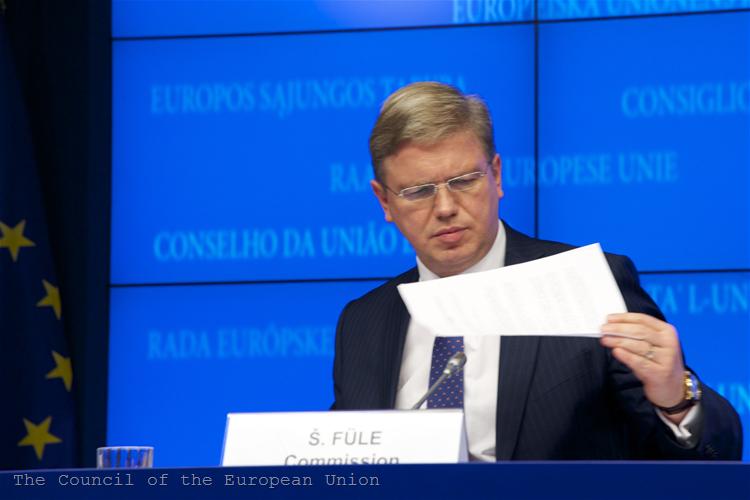 | © The Council of the European Union
| © The Council of the European Union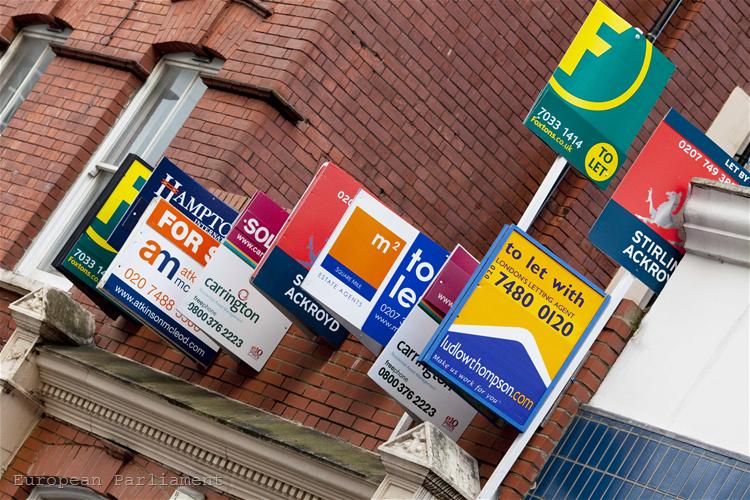 | © European Parliament
| © European Parliament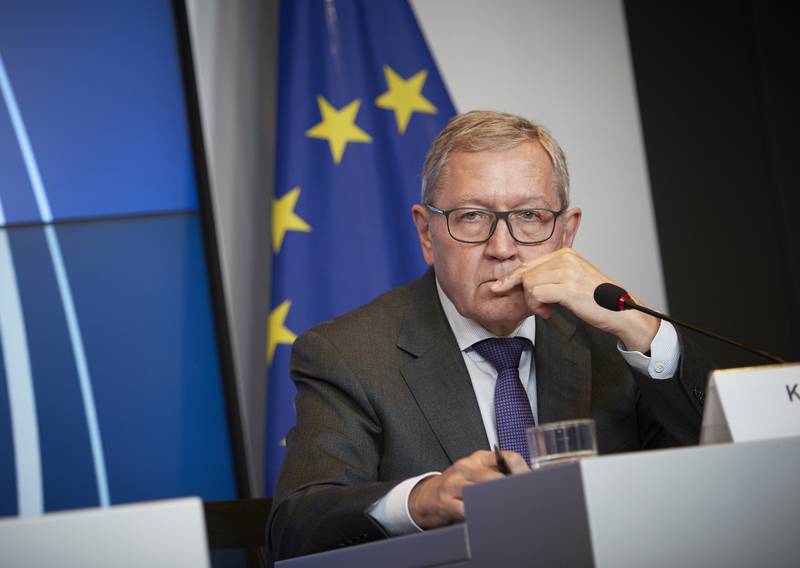 Klaus Regling | © Council of the EU
Klaus Regling | © Council of the EU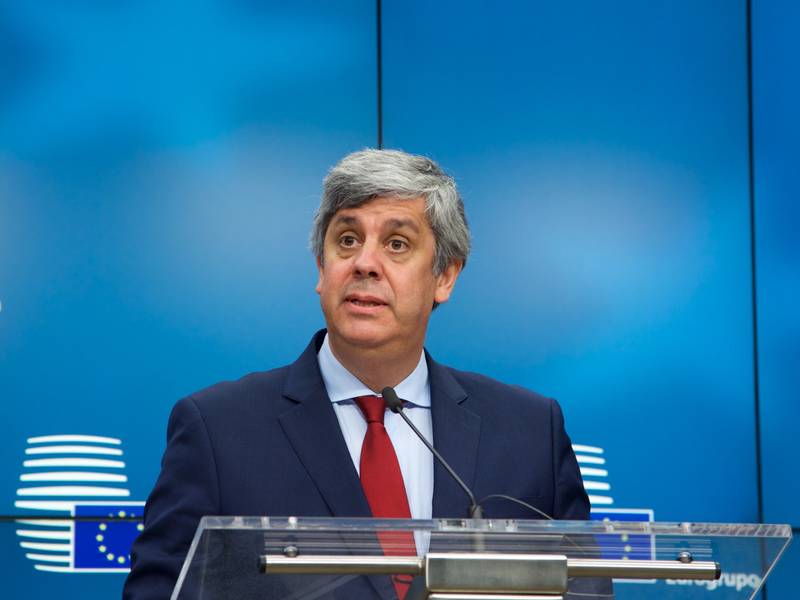 Mario Centeno | © Council of the EU
Mario Centeno | © Council of the EU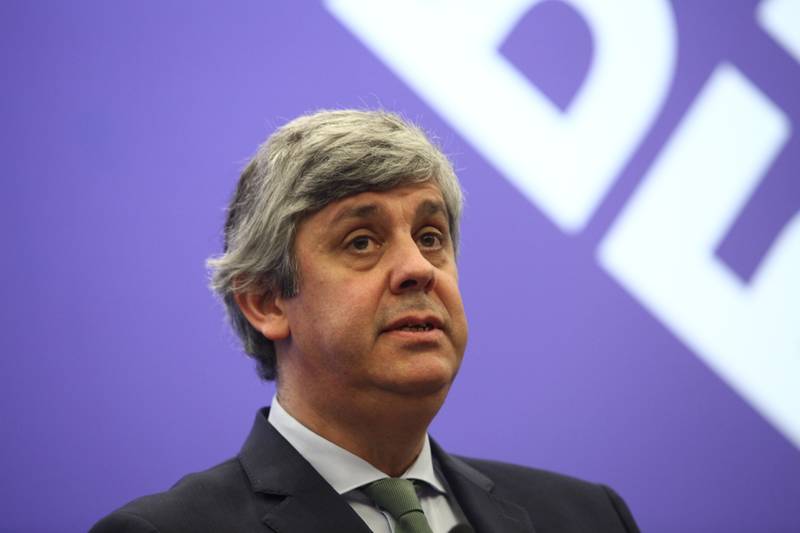 Mario Centeno | © Council of the EU
Mario Centeno | © Council of the EU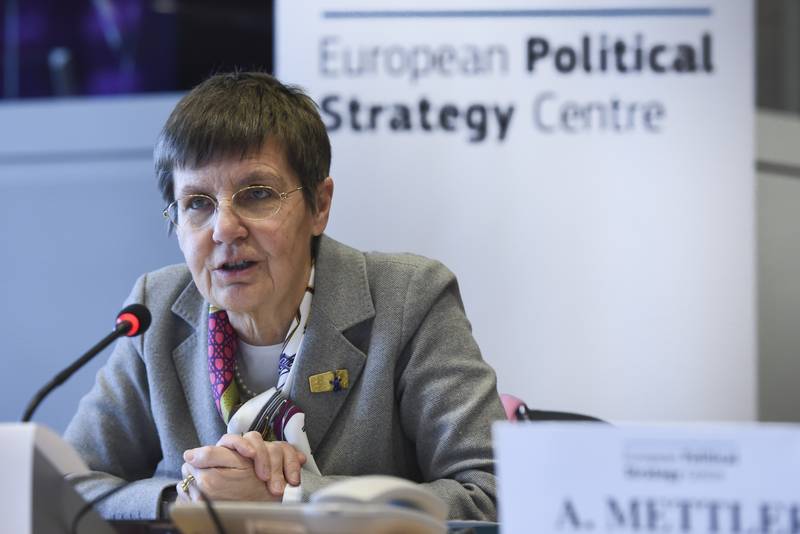 Elke Koenig | © European Commission
Elke Koenig | © European Commission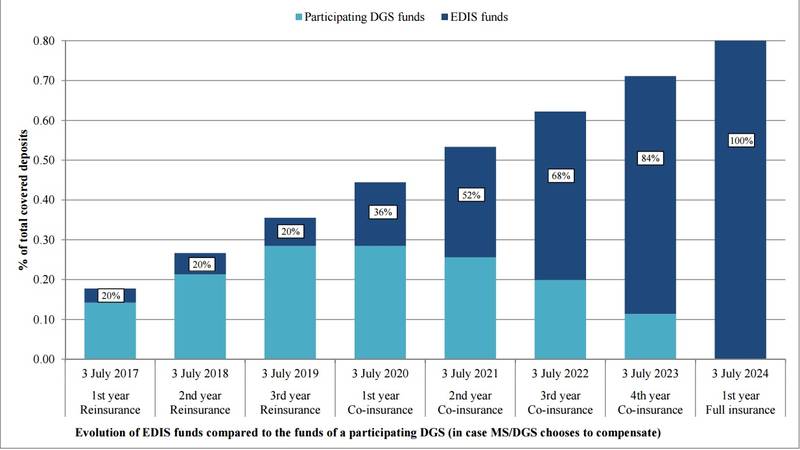 | © European Commission
| © European Commission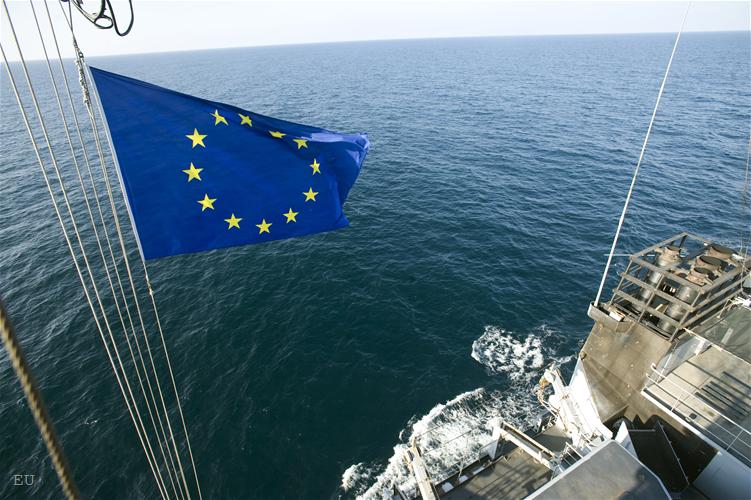 | © EU
| © EU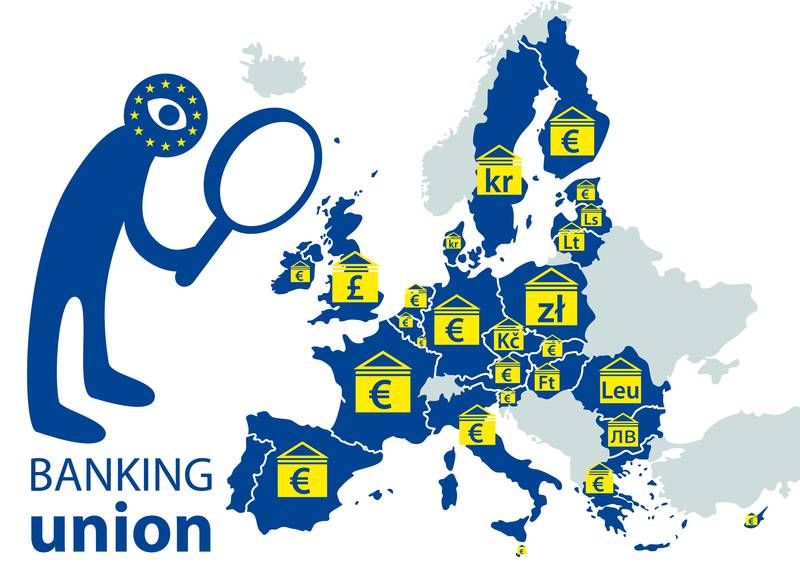 | © European Parliament
| © European Parliament